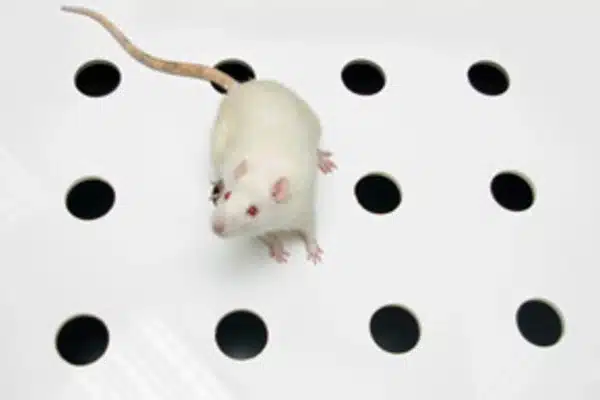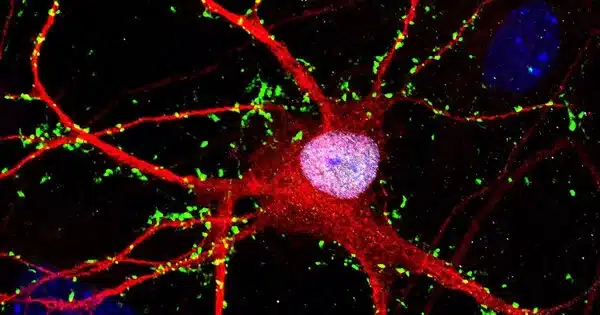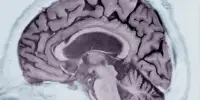Autism spectrum disorder (ASD) is a complex neurodevelopmental condition whose exact causes are unknown. As a result, finding effective ASD treatments is a significant challenge. Behavioral therapies, educational interventions, and supportive care are common approaches used to help people with autism manage their symptoms and improve their quality of life.
Autism-related behavioral disorders are linked to a wide range of genetic changes. The Hector Institute for Translational Brain Research (HITBR) has discovered a new molecular cause of this condition. MYT1L, a transcription factor, normally protects nerve cells’ molecular identity. When it is turned off genetically in human nerve cells or mice, it causes the functional changes and symptoms associated with autism. In mice, a drug that blocks sodium channels in the cell membrane can reverse the effects of MYT1L failure and improve functional and behavioral abnormalities.
The Hector Institute for Translational Brain Research (HITBR) is a collaboration between the ZI, the German Cancer Research Center (DKFZ), and the Hector Foundation II.
Autism spectrum disorders (ASD, autism spectrum disorders) are characterized by impairments in social interaction, communication, interest formation, and stereotypical behavior patterns. Other abnormalities, such as epilepsy or hyperactivity, are frequently present.
Drug treatment in adulthood can alleviate brain cell dysfunction and thus counteract the behavioral abnormalities typical of autism – even after the absence of MYT1L has already impaired brain development during the organism’s developmental phase.
Moritz Mall
Scientists are working hard to identify the molecular abnormalities that contribute to this complicated developmental disorder. Autism has already been linked to a plethora of genetic factors that influence the molecular programs of nerve cells.
Moritz Mall of the Hector Institute for Translational Brain Research (HITBR) has been studying the role of the protein MYT1L in neuronal diseases for a long time. The protein is a transcription factor, which determines which genes are active and which are not in the cell. Almost all nerve cells in the body produce MYT1L all of their lives.
Mall demonstrated a few years ago that MYT1L protects nerve cell identity by suppressing other developmental pathways that program a cell to become muscle or connective tissue, for example. Mutations in MYT1L have been linked to a variety of neurological disorders, including schizophrenia and epilepsy, as well as brain malformations. Mall and his colleagues investigated the precise role of the “guardian of neuronal identity” in the development of an ASD in their current study, which is funded by the European Research Council ERC. To accomplish this, they genetically disabled MYT1L in both mice and human nerve cells derived from laboratory-reprogrammed stem cells.

MYT1L deficiency resulted in electrophysiological hyperactivity in mouse and human neurons, impairing nerve function. MYT1L knockout mice had brain abnormalities such as a thinner cerebral cortex. Several ASS-typical behavioral changes, such as social deficits or hyperactivity, were also observed in the animals.
What was particularly striking about the MYT1L-deficient neurons: They overproduced sodium channels, which are normally only found in heart muscle cells. These pore-shaped proteins allow sodium ions to pass through the cell membrane, making them essential for electrical conductivity and, by extension, cell function. Electrophysiological hyperactivation can occur when a nerve cell produces an excessive amount of these channel proteins.
Drugs that block sodium channels have long been used in clinical medicine. These include the agent lamotrigine, which is used to prevent epileptic seizures. When MYT1L-deficient nerve cells were given lamotrigine, their electrophysiological activity returned to normal. In mice, the drug was able to reduce ASD-related behaviors such as hyperactivity.
“Apparently, drug treatment in adulthood can alleviate brain cell dysfunction and thus counteract the behavioral abnormalities typical of autism – even after the absence of MYT1L has already impaired brain development during the organism’s developmental phase,” Moritz Mall explains. However, the results are still limited to mouse studies; clinical studies in patients with ASD disorders have yet to be conducted. The first clinical studies are in the early planning phase.
















